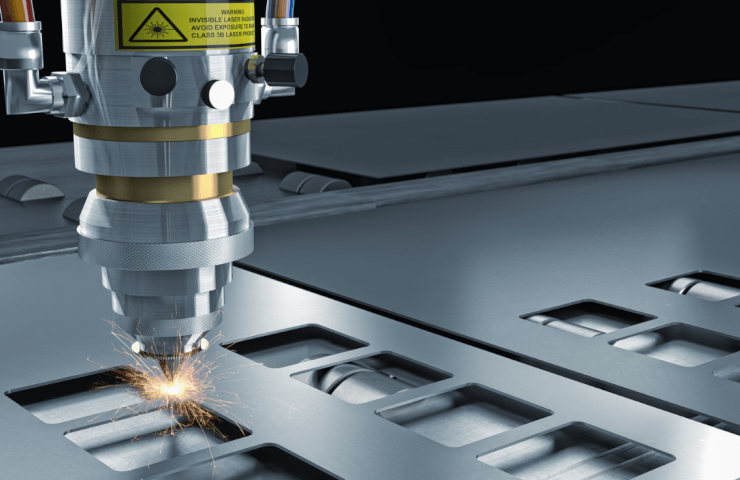Metal laser cutting is an integral part of modern industry, providing high precision and efficiency when processing various metal materials. However, working with thin and thick metals requires special attention to the choice of techniques and approaches to laser cutting. Let's look at the basic methods and approaches to laser cutting of thin and thick metals, as well as the technical aspects that should be considered when working with various types of metal materials.
Laser cutting of thin metals
Thin metal sheets , usually less than 6 mm thick, require a special approach when laser cutting. Key technical aspects include:
- Use of fiber laser. Fiber lasers have high cutting speeds and can achieve high precision on thin metal sheets.
- Minimize thermal impact. When working with thin metals, it is important to avoid overheating the material, which can lead to deformation or damage to the quality of the cut. Controlling laser power and cutting speed helps minimize thermal effects.
- Use of shielding gases. Using inert gases such as nitrogen to remove molten metal from the cut area helps prevent oxidation and produce a clean cut.
Laser cutting of thick metals
Thick metal sheets, with thicknesses greater than 6 mm require more powerful laser systems and specialized approaches. Key technical aspects include:
- Use of high power CO2 laser. CO2 lasers with powers ranging from several kilowatts to tens of kilowatts are often used to process thick metal sheets.
- Multi-pass cutting. In the case of thick metals, multi-pass cutting may be required, where the laser beam passes through the material several times to fully penetrate.
- Cooling the material. To prevent overheating of the material and reduce deformation, special cooling systems can be used.
Main problems and their solutions
When laser cutting thin and thick metals The following problems may occur:
- Material deformation. To prevent material deformation, it is important to correctly set cutting parameters and use specialized techniques such as pre-tensioning, cooling or metal bending. a>.
- Oxidation of the cut. The use of shielding gases helps prevent oxidation of the cut and ensure its cleanliness.
- Burr formation. When cutting thick metals, burrs may form on the edges of the cut. To eliminate them, specialized edge processing methods are used, such as firing or milling.
Conclusion
Laser cutting of thin and thick metals is a complex and multifaceted process that requires deep knowledge and experience. Choosing the right cutting techniques and approaches, as well as taking into account the characteristics of each material, allows you to achieve high productivity and quality of the final product. With the constant development of metal laser processing technologies, we can expect the emergence of new innovative methods that will make this process even more efficient and versatile.
You can order laser cutting of various metals through the Internet portal amgp.by.





